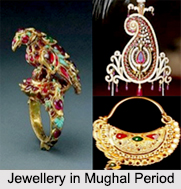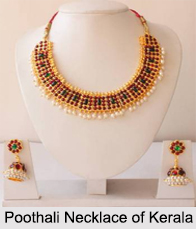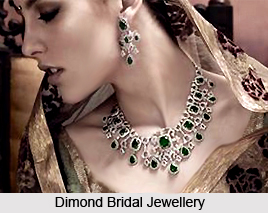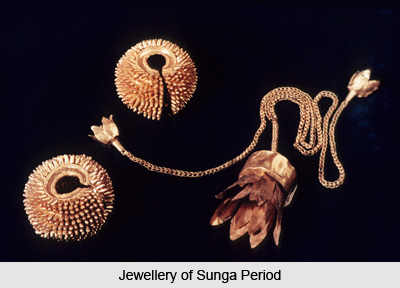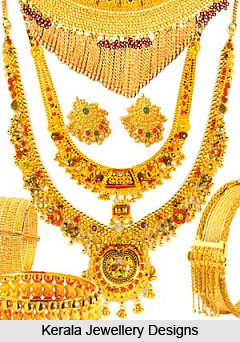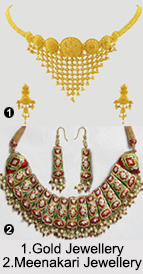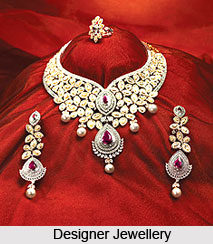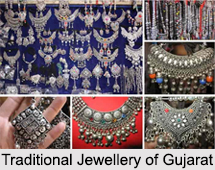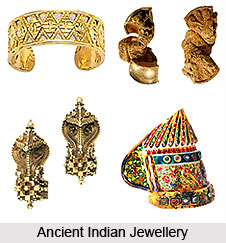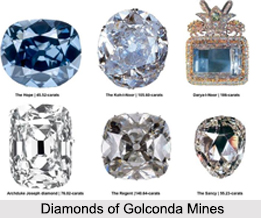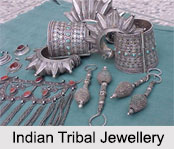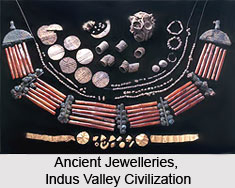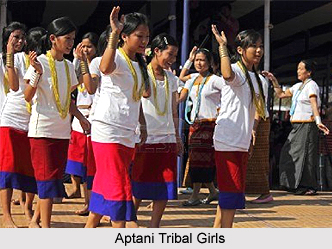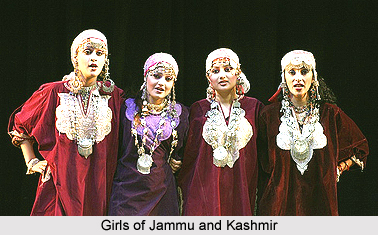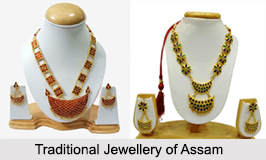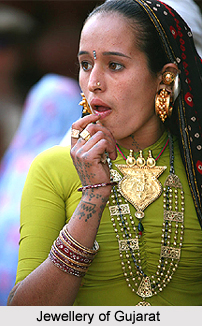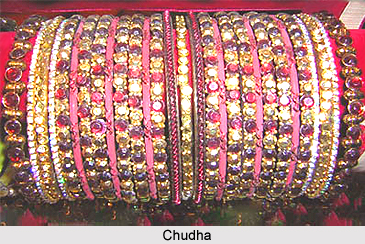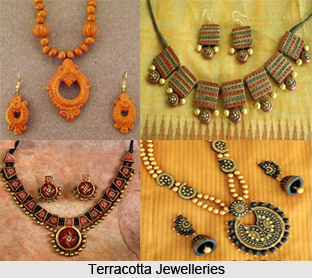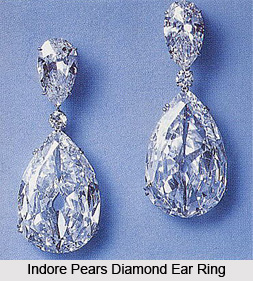 Indore Pears Diamonds set as a pair of earrings, belonging to the Maharaja of Indore and worn by his Queen consort, the Maharani. Indore Pears of Diamond refer to, two, almost identical pear-shaped diamonds, that get its name from the Princely State of Indore. Princely State of Indore was situated in the Central Provinces of the Indian Sub-Continent, and whose Maharaja was the one time owner of this beautiful pair of diamonds. These pear-shaped diamonds were purchased by Winston from the Maharaja of Indore in 1946.
Indore Pears Diamonds set as a pair of earrings, belonging to the Maharaja of Indore and worn by his Queen consort, the Maharani. Indore Pears of Diamond refer to, two, almost identical pear-shaped diamonds, that get its name from the Princely State of Indore. Princely State of Indore was situated in the Central Provinces of the Indian Sub-Continent, and whose Maharaja was the one time owner of this beautiful pair of diamonds. These pear-shaped diamonds were purchased by Winston from the Maharaja of Indore in 1946.
History of Indore Pears Diamond
Indore Pears Diamonds belonged to the Maharaja of Indore and worn by his Queen. The Indore Pears diamonds were presented to Maharani Shamista Devi by the ex-Maharaja Tukoji Rao III and she had worn the diamond on many times. In 1946, the ex-Maharaja had decided to sell the diamonds, and was purchased by the New York diamond dealer Mr. Harry Winston. 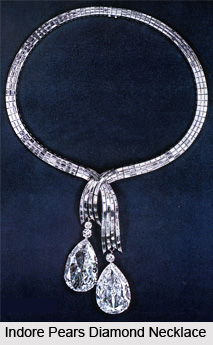
The pair of diamonds was later exhibited at the famous court of jewels exhibition. Mr. Winston sold the Indore Pears in 1953, to a customer from Philadelphia, and re-purchased those 5 years later in 1958. He then sold the Indore Pears to another customer from New York. He again re-purchased the stone in 1976 and later sold them to a member of an indefinite royal family. The stones later featured at two different sales conducted by Christie`s of Geneva in November 1980 and later in November 1987.
Features of Indore Pears Diamonds
The Indore Pears Diamonds are pear-shaped, colourless diamonds and having weights of 46.39 and 44.14 carats. Being colourless diamonds, they are most possibly Type II a diamonds, which are nitrogen free and with completely formed crystals. The existence of nitrogen and malformed crystals can impart colours to diamonds.
The Indore Pears diamonds are presently owned by Robert Mouawad.
This article is a stub. You can enrich by adding more information to it. Send your Write Up to content@indianetzone.com.
